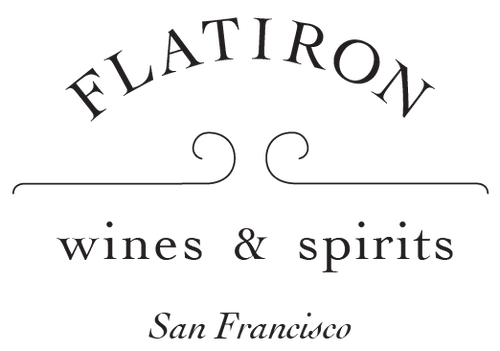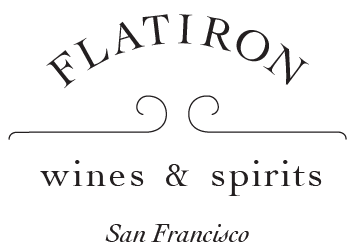Cave des Onze Communes
Generally speaking, we avoid wines made in the cooperative system. Cooperatives are remnants of an era when most folks in any given european wine growing region would grow grapes along with many other crops as... Read More
Generally speaking, we avoid wines made in the cooperative system. Cooperatives are remnants of an era when most folks in any given european wine growing region would grow grapes along with many other crops as well as livestock. The farmers would send their grapes to the local cooperative they belonged to and in return they would receive an allotment of wine equal to their contribution. The wines were fine but no more interesting than a solid village wine. In more modern times many cooperatives have turned into large industrial producers, capable of pumping out oceans of low quality bulk wines.
Of course there are always exceptions to the rule especially in Italy. Produttori del Barbaresco immediately pops to mind as well as the St Michael-Eppan in the Alto-Adige. These cooperative help there member/farmers maintain the highest standard and are helmed by teams of extremely talented winemakers, all coming together to produce wines that are benchmarks in their regions while maintaining affordable pricing
Another name to add to that list is Cave des Onze Communes in Valle d'Aosta, the heart of the French-Italian Alps. They boast 60 hectares of vineyards strewn among eleven (Onze) alpine towns (Communes). Since their founding in 1990, they have concentrated on the ancient local varieties employing careful and sustainable vineyard practices.
This is alpine viticulture at its finest. Vineyards of ancient glacial soils at 600-900 meters that are amongst the highest in the world, producing wines with bright and tangy fruit that are , eminently drinkable by themselves après-ski, or next to melted Toma or the local deer jerky called Mocetta. Native smokey-black pepper Fumin, tart-musky-floral Mayolet and a floral-honeyed yet chalky-dry Petite Arvine are just some of the many rare varieties that represent Aoste old and unique wine culture.
winemaking is careful and gentle with a goal of coaxing out the subtle floral fruit and mineral aromas that make alpine wines so intriguing. Most of this get consumed locally but our importer was able to pry some out the hands of thirsty skiers.
One last thing, these wines are insanely inexpensive. Aoste wines are rarely a good value. Making great wine in this marginal zone high up in the mountains is hardly cost effective. With the help of their 220 farmer/members Cave des Onze Communes is managing to do just that: produce exceptional alpine wines at a fraction of the price.


